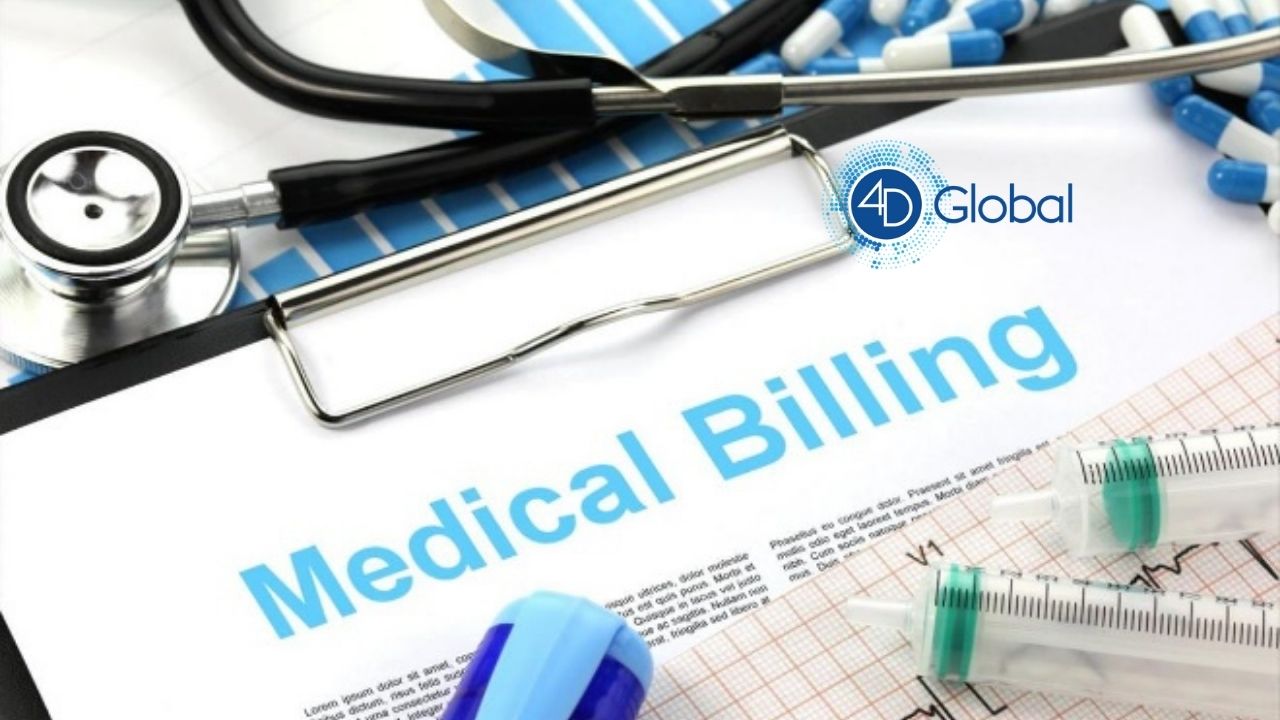
Surprise billing has been a bipartisan focus for the United States government for a couple years. Most Americans support legislation to protect patients from these costly yet often unexpected fees.
Although multiple states have adopted comprehensive legislation to mitigate surprise billing, there wasn’t any such statute on the federal level – until recently. On December 27, 2020, President Trump passed and signed into law the No Surprises Act (H.R.3630). This bipartisan, bicameral legislation is scheduled to take effect in 2022.
Why is surprise billing such a big issue in the U.S.? Primarily due to the fact that millions of Americans receive surprise bills each year, with as many as one in five emergency room visits resulting in such a charge. The average surprise charge for an emergency department visit is approximately $600, but some patients have received bills larger than $100,000 from out-of-network providers they didn’t select.
Ambulances are the biggest source of unexpected medical bills (51 percent), followed by emergency department visits (19 percent) and elective inpatient procedures (9 percent). An estimated 71 percent of ambulance provider bills are out-of-network, resulting in average surprise bills of $450 for ground transportation and $21,698 for air transportation. As many as one in five emergency room visits result in a surprise medical bill.
Advantages of the Act
As with any new federal legislation, there are multiple components to this new bill. In summary, it prohibits out-of-network providers from billing patients more than in-network cost-sharing amounts for the following:
- All out-of-network emergency facility and professional services
- Post-stabilization care at out-of-network facilities until such time that a patient can be safely transferred to a different facility
- Air ambulance transports, whether emergency or non-emergency in nature
- Out-of-network services delivered at or ordered from an in-network facility unless the provider follows the notice and consent process
One missing element in the No Surprise Act is coverage for ground ambulance services. According to a study published in JAMA Internal Medicine, almost 90 percent of ambulance rides to emergency departments, most of which are conducted by ground, result in out-of-network bills. Experts say this omission in the legislation is due to many lawmakers viewing adding ambulances as too hard procuring little data on the actual costs of ambulance trips.
A major positive of the act is the savings it could provide for patients across the country. An estimate by the Congressional Budget Office has the legislation reducing commercial insurance premiums by between 0.5-1 percent and saving consumers about twice that much between reduced premiums and cost-sharing. A study published in the American Journal of Managed Care found that this type of legislation could reduce overall health insurance premiums by 1 percent to 5 percent. In addition, the approximately $18 billion in savings from the act would be used to fully fund community health centers and other primary care programs for four years.
For payers, the No Surprise Act includes $2.5 million grants available to states to create or improve their all-payer claims databases (APCDs). The National Academy for State Health Policy (NASHP) notes that states that seek multi-state APCD arrangements or prioritize implementation of a to-be-developed standard format for data reporting for self-insured plans may receive priority application consideration.
The Role of Medical Billing Providers
For medical billing companies, the most important part of the act may be the independent dispute resolution process. The law requires providers to work with payers to settle on fair prices. If these two parties don’t reach a voluntary agreement in a 30-day negotiation period, an arbitrator will be selected to pick one of the submitted amounts.
Providers of medical billing services might be tasked with the role of arbitrator in some of these cases, although that has not yet been decided. First, federal officials have to establish a process to certify arbitrators. These arbitrators must fit two main criteria: have relevant expertise and no conflicts of interest.
A few other notes about the No Surprises Act:
- The law will be enforced at the state level with federal enforcement as fallback.
- In non-emergency situations, healthcare providers have the right to notify patients that certain physicians are out-of-network and thereby ask these patients to waive their protections.
- Payers must maintain provider directories that accurately portray their in-network providers. Such directories must be accessible online or be provided within a single business day of inquiry.
- The law applies to all individual and group health plans, including self-insured plans, for coverage effective on or after Jan. 1, 2022.
- In-network cost-sharing payments for out-of-network bills must count towards a patient’s deductible.
A high-level summary of the No Surprises Act is available through the American Medical Association (AMA).
A Pertinent Podcast
Our CEO, Chanie Gluck, recently had the opportunity to discuss the No Surprises Act and other pertinent issues affecting the healthcare industry with Matt Reiter, vice president of Capitol Associates, a bipartisan government relations firm specializing in health policy. Matt advises the firm’s clients on legislative and regulatory health policy issues, including provider reimbursement, value-based payment systems, administrative simplification and efforts to reform America’s healthcare system. Listen to the podcast, The Washington Prospective On Healthcare – A Look Ahead at 2021 and What We Can Expect For The Future Of American Healthcare, for more details on how the new legislation could aid in reducing medical debt and require some emergency department providers and other specialties to change the way they bill in specific situations.
